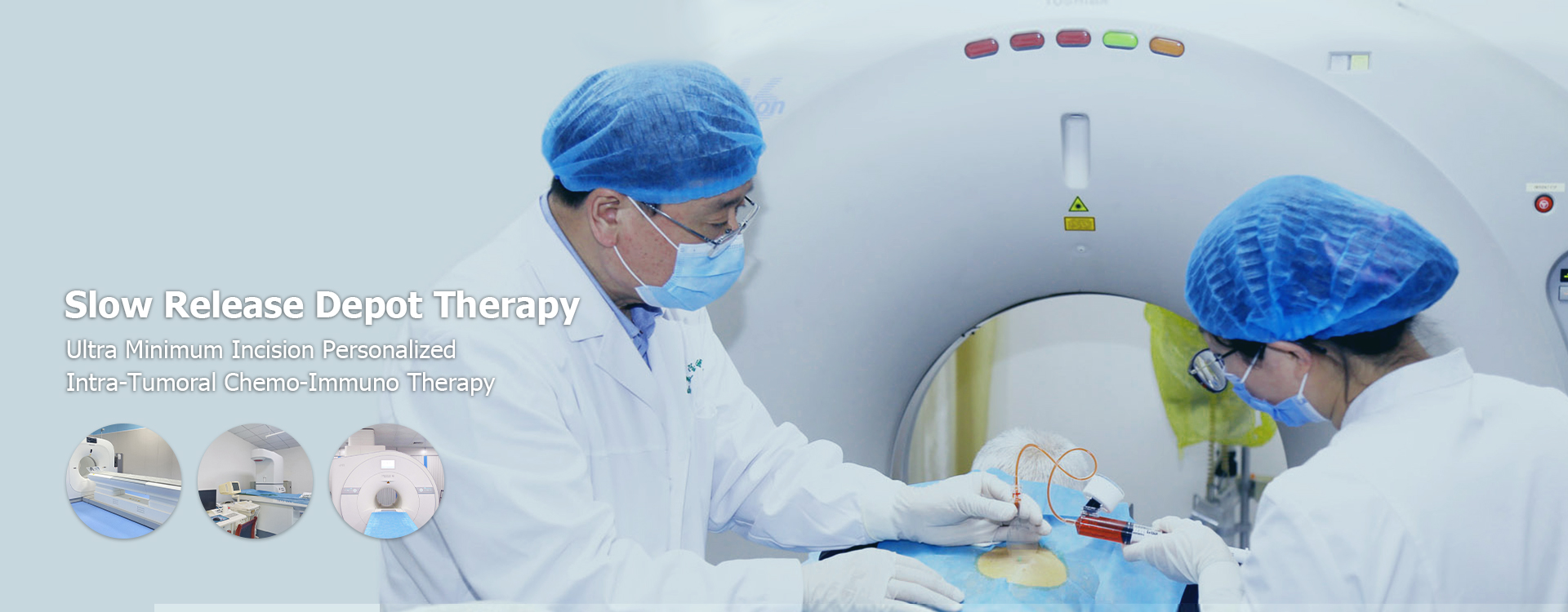
Controlled Release Drug Delivery: A Comprehensive Guide
2025-04-23
Controlled Release Drug Delivery: A Comprehensive GuideThis article provides a comprehensive overview of controlled release drug delivery systems, exploring their mechanisms, applications, advantages, and challenges. We delve into various types of controlled release drug delivery systems, their design considerations, and future trends in this rapidly evolving field. Learn about the impact of these systems on patient compliance and therapeutic efficacy.
Controlled Release Drug Delivery: A Comprehensive Guide
Controlled release drug delivery (CRDD) systems are designed to deliver therapeutic agents at a predetermined rate and for a specified duration. This contrasts with conventional drug delivery methods, where the drug is released rapidly into the bloodstream, often leading to fluctuating drug levels and potential side effects. CRDD offers significant advantages by improving drug efficacy, reducing adverse effects, and enhancing patient compliance. This detailed guide explores the diverse landscape of CRDD technologies, their applications, and future prospects.
Mechanisms of Controlled Release
Diffusion-Controlled Systems
Diffusion-controlled systems utilize a semi-permeable membrane or matrix to regulate the release of the drug. The drug diffuses through the membrane at a controlled rate, dictated by factors such as membrane permeability, drug solubility, and the system’s geometry. Examples include reservoir systems and monolithic matrices. These systems are often simple to design and manufacture, making them widely used in various applications.
Erosion-Controlled Systems
Erosion-controlled systems release the drug as the system itself degrades or erodes over time. The rate of drug release is directly dependent on the rate of erosion, which can be influenced by factors such as pH, temperature, and the composition of the system. This method offers sustained release over extended periods.
Biodegradable Polymers in Controlled Release
Biodegradable polymers, such as polylactic-co-glycolic acid (PLGA) and polycaprolactone (PCL), are frequently used in controlled release drug delivery systems. Their biocompatibility and controllable degradation rates make them ideal for various applications, including implantable drug delivery devices. The choice of polymer depends on the desired release profile and the application. For instance, PLGA offers faster degradation compared to PCL, allowing for a faster release of the drug. The National Library of Medicine provides extensive research on the subject.
Types of Controlled Release Drug Delivery Systems
CRDD encompasses a wide array of systems, tailored to specific therapeutic needs. Some prominent examples include:
- Implantable pumps: These devices deliver drugs at a precise rate for extended periods, often used for chronic conditions requiring continuous medication.
- Transdermal patches: These patches release drugs through the skin, providing sustained release over several days or weeks, examples include nicotine patches and fentanyl patches for pain management.
- Oral controlled-release formulations: These formulations, such as capsules and tablets, provide extended drug release within the gastrointestinal tract.
- Injectable microspheres and nanoparticles: These systems offer targeted drug delivery and sustained release, often used in cancer therapy and other applications requiring localized drug action.
Advantages of Controlled Release Drug Delivery
Controlled release drug delivery offers several key benefits:
- Improved therapeutic efficacy due to consistent drug levels.
- Reduced frequency of dosing, enhancing patient compliance.
- Minimized side effects by avoiding peak plasma concentrations.
- Targeted drug delivery to specific tissues or organs.
- Extended duration of drug action.

Challenges and Future Trends
Despite the advantages, challenges remain in CRDD. These include:
- Complex formulation and manufacturing processes.
- Potential for burst release or premature degradation.
- Biocompatibility and toxicity concerns.
- Cost-effectiveness.
Future trends focus on developing more sophisticated systems, including:
- Stimuli-responsive drug delivery systems.
- Improved targeting strategies.
- Personalized controlled release drug delivery approaches.
- Biodegradable and biocompatible materials.

Applications of Controlled Release Drug Delivery
Controlled release drug delivery finds applications across various therapeutic areas, including:
- Cancer therapy: Targeted delivery of chemotherapeutic agents.
- Pain management: Sustained release of analgesics.
- Hormone replacement therapy: Consistent hormone levels.
- Cardiovascular disease: Controlled release of antihypertensive drugs.
- Ophthalmology: Localized drug delivery to the eye.
Further research and development in controlled release drug delivery are crucial to address unmet needs in healthcare and improve patient outcomes. The ongoing work at institutions like the Shandong Baofa Cancer Research Institute (https://www.baofahospital.com/) continues to push the boundaries of this field.
table { width: 700px; margin: 20px auto; border-collapse: collapse;}th, td { border: 1px solid #ddd; padding: 8px; text-align: left;}th { background-color: #f2f2f2;}










